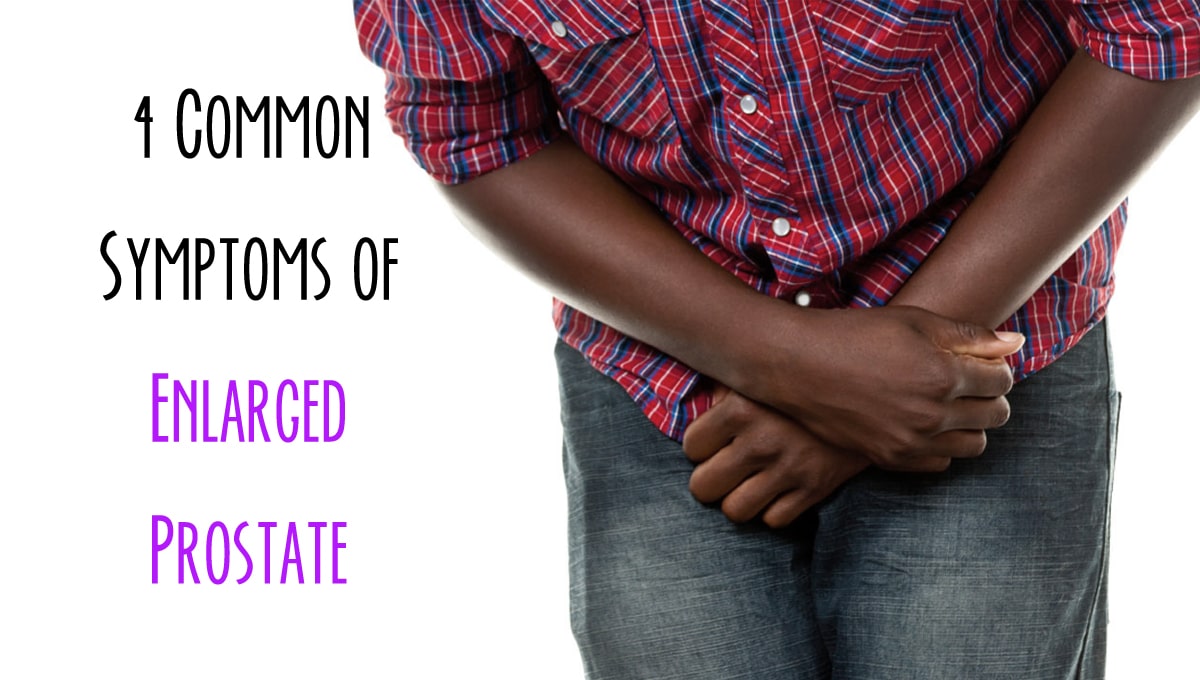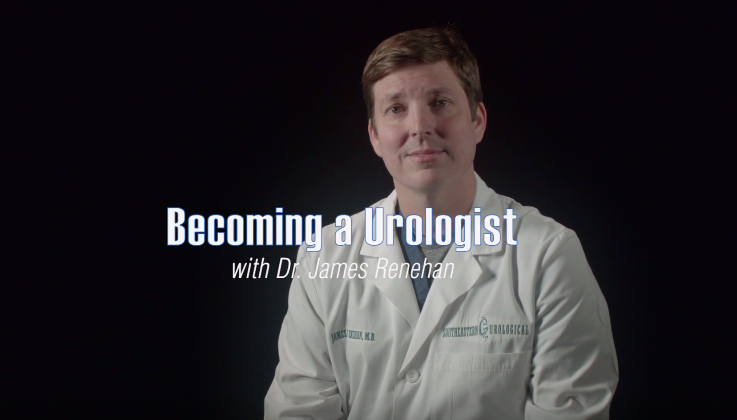Low testosterone (hypogonadism) is increasingly becoming a serious health concern for men. More men are being diagnosed with the condition, with studies indicating that 4 out of 10 men who are 45 and older have low testosterone (low-T). Likewise, 25 percent of men between 30 and 79 have low-T while about 50 percent of men over 80 have the condition. In fact, low testosterone is so common in men of various ages that numerous TV commercials have been created to make money promoting low-T solutions.
So what is low testosterone?
Also known as Testosterone Deficiency (TD), low-T refers to abnormal blood levels of the male hormone testosterone. The condition is characterized by testosterone levels below 300 ng/dl (nanograms per deciliter) in male patients when the measurement is done correctly. While low-T problems primarily occur in adult males, they are not restricted to male adults. However, when the condition occurs in women and young men, its definition and characterization are slightly different and less clear than for male adults.
Symptoms of low testosterone
Although the symptoms of low-T may differ from one man to another, the most common sexual signs are fewer and weaker erections and reduced sex drive, while non-sexual indicators are depression, low iron levels, increased fat around the waist and lack of energy. Other symptoms of low-T are reduced lean muscle mass, erectile dysfunction, irritability, absent or reduced orgasm, reduction or loss of facial, armpit or pubic hair, sleep disturbances, reduction in strength, sweating or hot flashes, breast enlargement or discomfort, reduction in testes size and memory reduction. Other signs observed only in tests or by doctor examination include osteoporosis, anemia, increased body fat and absent or reduced sperm production.
Treatment of low testosterone
While there are several options for treating low-T, the right treatment for any patient depends on various factors, including the severity of the symptoms, cause of the condition and the patient’s preferences. For instance, if the low-T is caused by lifestyle, a change of habits such as losing weight may be an effective and natural way to boost testosterone levels. Similarly, testosterone levels can be enhanced through supplementation. For men having bothersome or worrisome symptoms such as depression, testosterone replacement therapy (TRT) applied as a skin gel or a regimen of regular injections can improve testosterone levels and alleviate the symptoms.
At Advanced Urology Institute, we recognize that low testosterone is a common burden on many men. We endeavor to provide viable solutions including the safest and most effective testosterone replacement therapy for the needs of all our patients. Driven by the belief that every patient is unique and may suffer from serious complications if treatment is generalized, we deliver a highly personalized replacement therapy to our patients. We also follow our patients very closely and ensure we give testosterone therapy the right way. For more information on safe and effective treatment of low-T, visit the “Advanced Urology Institute” site.



